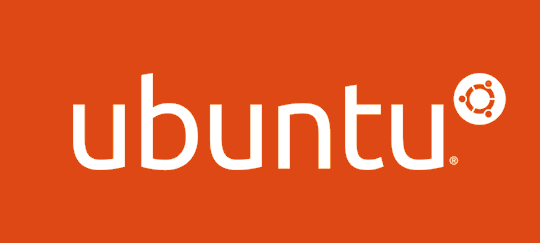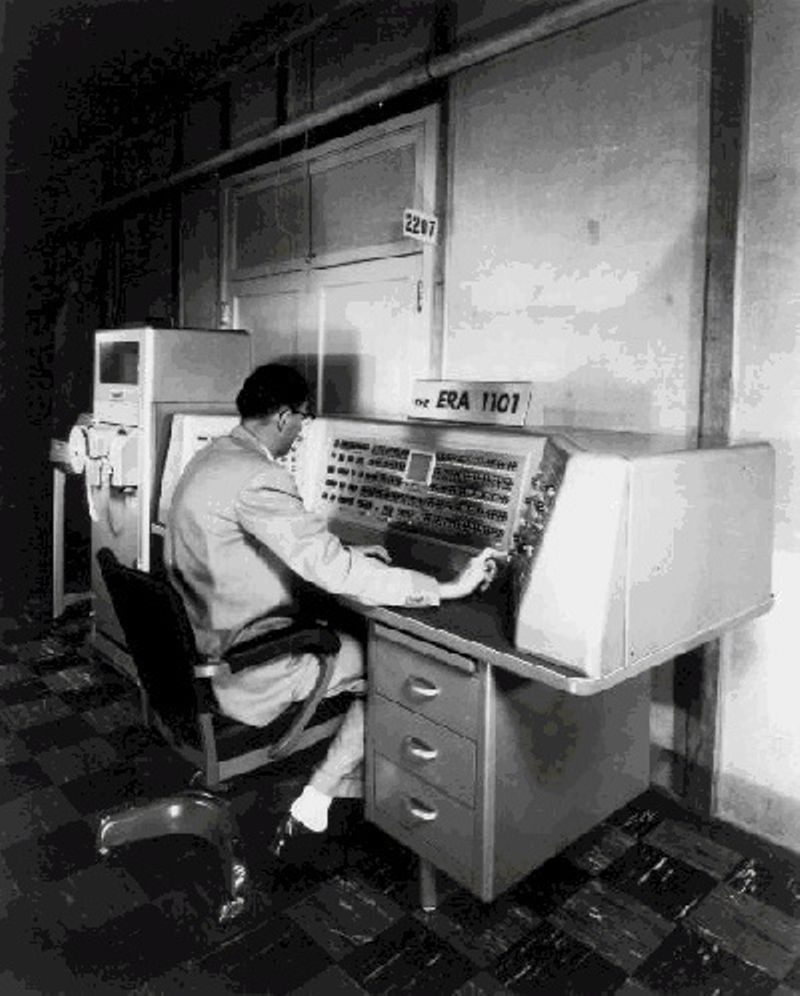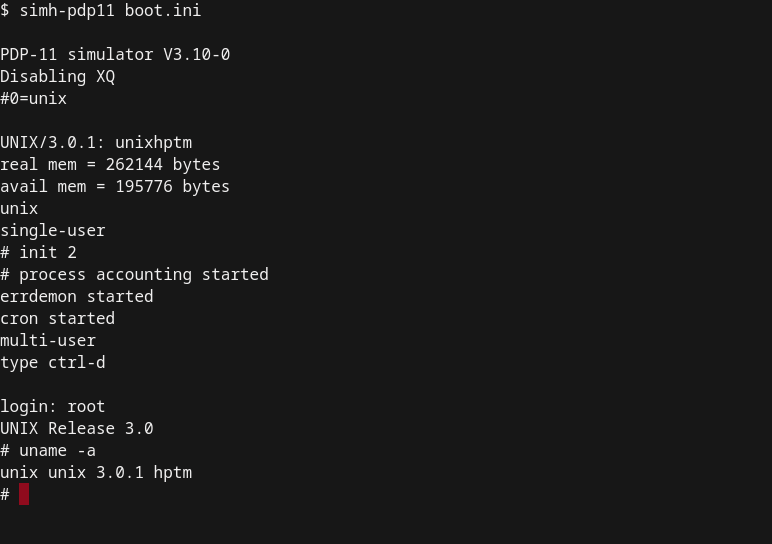🗓️ Week 03
Navigating Computer Filesystems with the Terminal and Intro to GitHub
DS105W – Data for Data Science
06 Feb 2025
1️⃣ Operating Systems
16:03 – 16:15
In your 📝 W03 Formative, you navigated through files and folders of a computer (on ![]() Nuvolos but still, a computer) in a way that might have felt quite different from your usual experience.
Nuvolos but still, a computer) in a way that might have felt quite different from your usual experience.
What an Operating Systems (OS) does
- A computer can be divided into four parts:
- hardware — provides the basic computing resources for the system
- application programs — define how these resources are used
- operating system — controls the hardware and coordinates its use among the various application programs for the various users
- user — a person or a bot (a computer script) that requests actions from the computer.
A few examples (some are vintage):

Ubuntu is a Linux distribution. Windows XP and MacOS are proprietary operating systems.
Why do different OSes exist?
A 2-minute history of Operating Systems.

A computer from the 1950s
(Computer History Museum n.d.)
- In the early days of modern computing, when computers were not accessible to everyone, software (applications) typically came with their source code open.
- Open source means you can read precisely which instructions the computer will follow when running.
- As the industry grew, most software companies released only the binaries — a type of file you can only execute, not read as if it was a text.
- This includes Operating Systems! ⏭️
UNIX
- UNIX was the first big Operating System, developed at Bell Labs and AT&T
- It aimed to be simple* and easy to port to any hardware architecture
- But, it required a license
- In the late 1980s and early 1990s, a group of hackers and activists developed free & open source alternatives to UNIX.
Source: Wikimedia Commons - Rwoodsmall
GNU/Linux
This led to the birth of one of the most influential operating systems: GNU/Linux, or simply Linux.
Android, the most popular OS for phones worldwide, is based on Linux.
GNU stands for “GNU is not Unix”. Computer nerds love a recursive joke.
macOS
- macOS is the Operating System of Apple computers
- It is a hybrid system. It has a free, open-source component called Darwin, but it also includes proprietary, closed-source components.
- iOS, Apple’s mobile operating system, is also based on Darwin
- Darwin is based on BDS UNIX, a derivative of the original UNIX system.
Windows
- Windows has its own history.
- Microsoft and IBM co-developed its predecessor, the OS/2 operating system.
- But then, Microsoft took on its own path and developed its own versions of the OS: Windows NT, Windows 95, Windows 98, Windows 2000, Windows XP, Windows 7, Windows Vista*, etc.
- Windows popularity can be traced to the success of the Office suite
See (Silberschatz, Galvin, and Gagne 2005, Appendix B) for more on Windows.
2️⃣ Filesystems
16:15 – 16:30
- Each Operating System use a different system and standard for organising files and directories 🗃️
- Every file has a path (its address in the system).
- The Operating System controls and enforces permissions (who can read/write files).


Typical Filesystem Structure in UNIX-like Systems
The directory structure of a Linux computer typically looks like this:
The root directory is /.
This is also very similar to how macOS organises its files, with a few small differences. For example, instead of /home, macOS uses /Users.
Typical Filesystem Structure in Windows
Windows has a drive letter system, where each drive is a separate filesystem. The most common drives are C:\, D:\, E:\, etc. Here is what a typical Windows filesystem looks like (starting from the C:\ drive):
The root directory is C:\.
How HOME directories are organised
Each OS also imposes a standard structure for user directories.
![]() Mac
Mac
/
Users/
username/
├── Documents/
│ ├── project_notes.txt
│ ├── research_paper.pdf
├── Downloads/
│ ├── dataset.csv
│ └── software_installer.sh
├── Pictures/
│ ├── vacation.jpg
│ └── screenshots/
│ ├── screenshot1.png
│ └── screenshot2.png
└── Desktop/
├── todo_list.txt
└── shortcuts/![]() Windows
Windows
C:\
Users\
Username\
├── Documents\
│ ├── project_notes.txt
│ ├── research_paper.pdf
├── Downloads\
│ ├── dataset.csv
│ └── software_installer.exe
├── Pictures\
│ ├── vacation.jpg
│ └── Screenshots\
│ ├── screenshot1.png
│ └── screenshot2.png
└── Desktop\
├── todo_list.txt
└── shortcuts💡 One annoying difference: Windows uses \ (backward slash) for directories, while Mac/Linux use / (forward slash). There are OS-agnostic ways to specify paths to files so that the same code runs in both Win and Unix systems!
Ways to specify paths
We can specify the location of a file, its path, in two ways:
Absolute Path:
- The full location of a file/folder from the root directory.
- Works no matter where you are in the system.
- Examples:
- Mac/Linux:
/home/user/Documents/project_notes.txt - Windows:
C:\Users\Username\Documents\project_notes.txt
- Mac/Linux:
Ways to specify paths
We can specify the location of a file, its path, in two ways:
Relative Path:
- The location relative to where you are in the filesystem.
- More flexible for scripts and automation.
- Examples:
./project_notes.txt-> Refers to a file in the current directory.../project_notes.txt-> Goes one level up before looking for the file.
💡 If you are on the Terminal, type pwd to find out where you are! When writing Python code, use os.getcwd().
Examples in Action
🖥 Current Directory: /home/user/Documents/ (Mac/Linux)
Absolute Path: /home/user/Documents/project_notes.txt
Relative Path: ./project_notes.txt🖥 Current Directory: C:\Users\Username\Documents\ (Windows)
Absolute Path: C:\Users\Username\Documents\project_notes.txt
Relative Path: .\project_notes.txt💡 ALWAYS use relative paths in this course. It makes your work reproducible
(I don’t have a /home/johnDoe/ folder in my computer)
3️⃣ Environment Variables
16:30 – 16:35
There is one important concept that will inevitably come up to you when working with the Terminal and particularly when installing command-line tools or setting up your Python environment: Environment Variables.
What Are Environment Variables
There are these special variables (almost in the same sense as Python variables) that store information about the operating system and user preferences.
They store system-wide settings that help programs find what they need.
They are used to configure and control, amongst many other things, software behaviour, file paths, and access credentials, execution paths.
🤔 Think about it: When I install python, how does my computer know where the python program is?
Common Environment Variables Across OSes
Just as a reference, here are some common environment variables you might encounter:
| Variable | Mac/Linux | Windows | Purpose |
|---|---|---|---|
$HOME |
/home/username/ |
%USERPROFILE% → C:\Users\Username\ |
User’s home directory |
$PATH |
/usr/local/bin:/usr/bin/ |
C:\Windows\System32\;... |
Where the OS looks for programs |
$PWD |
/home/username/Documents |
%CD% → C:\Users\Username\Documents |
Current directory |
$SHELL |
/bin/bash or /bin/zsh |
N/A | Default shell |
$TEMP |
/tmp/ |
%TEMP% → C:\Users\Username\AppData\Local\Temp\ |
Temporary files location |
🗒️ A note on notation: Windows uses %VAR%, while Mac/Linux use $VAR for environment variables.
How to check an environment variable?
Mac/Linux (Terminal)
Windows (PowerShell)
💡 Try it now! What’s your $HOME or %USERPROFILE% path?
Modifying Environment Variables
🛠 How to set an environment variable (Temporary Change)
🔹 Changes disappear after closing the Terminal!
Mac/Linux
Windows (PowerShell)
💡 Useful for temporary configuration during a session.
Why Is This Important?
🔍 When you type python or git, the OS searches for executables inside the directories listed in $PATH.
🖥 Check your PATH:
🛠 Adding a new directory to PATH (Temporary Change)
export PATH=$PATH:/home/user/custom-bin # Mac/Linux
$env:PATH += ";C:\Users\Username\custom-bin" # Windows💡 This is useful when installing software that doesn’t set itself up automatically!
Using Environment Variables in Python
Accessing environment variables in Python is easy with the os module:
import os
print(os.environ['HOME']) # Works on Mac/Linux
print(os.environ.get('USERPROFILE')) # Works on WindowsYou can also set up new environment variables from Python:
💡 This is often used for API keys, custom paths, and configurations in scripts.
If you decide to install Python or Git in your own computer, moving away from using Nuvolos, you will definitely have to deal with environment variables.
4️⃣ Terminal & Files
(Plain Text vs Binary)
16:35 – 16:50
Here are some great summaries I spotted in your 📝 W03 Formative on Nuvolos. Can you spot your own notes there?
There were some very good and meaningful summaries!

I really like how this person wrote it in their own words.
It clearly shows a good understanding of the material.
A cheatsheet of UNIX commands ![]() Mac or
Mac or ![]() Linux
Linux
Here are the commands you might want to use when working on Nuvolos (or if you have a Mac or Linux machine):
Navigation
cd [directory]: Change directoryls: List files and directoriespwd: Print working directorymkdir [directory]: Create a new directorytouch [file]: Create a new filerm [file]: Remove a filerm -r [directory]: Remove a directory and its contents
File Operations
cat [file]: Display the contents of a filecp [source] [destination]: Copy a file or directorymv [source] [destination]: Move or rename a file or directorygrep [pattern] [file]: Search for a pattern in a filechmod [permissions] [file]: Change file permissions
Process Management
ps: List running processeskill [PID]: Terminate a processtop: Display system activity and process information
A cheatsheet of ![]() Windows PowerShell commands
Windows PowerShell commands
If you have a Windows machine, you can do the same things! It just happens that the commands are a bit different:
Navigation
cd [directory]: Change directorydir: List files and directoriespwd: Print working directorymkdir [directory]: Create a new directoryni [file]: Create a new filerm [file]: Remove a filerm -r [directory]: Remove a directory and its contents
File Operations
gc [file]: Get the contents of a filecp [source] [destination]: Copy a file or directorymv [source] [destination]: Move or rename a file or directorysls [pattern] [file]: Search for a pattern in a fileicacls [file] /grant [permissions]: Change file permissions
Process Management
ps: List running processeskill [PID]: Terminate a processtasklist: Display running tasks
There were also some good notes about reading JSON

There were also some good notes about writing JSON

Speaking of Files…
The two most common types of file formats you will encounter in this course are:
- JSON (JavaScript Object Notation) → Best for structured data, commonly used in APIs.
- CSV (Comma-Separated Values) → Simple format, often used for tabular data. Simpler than JSON but less flexible.
💡 Understanding these formats is crucial when working with data files in Python!
The use of JSON
JSON is commonly used for API responses, data exchange between programs, and configuration files. And, as you know, it supports nested structures.
🖥 Example JSON File:
{
"name": "Alice",
"age": 25,
"languages": ["Python", "JavaScript"],
"location": {
"city": "London",
"country": "UK"
}
}💡 As mentioned last week, when we parse JSON into Python, they become an object that could be treated as a mix of dictionaries and lists.
The use of CSV
CSVs are great for tabular data like spreadsheets or databases. They are simple and widely supported, but they don’t support nested structures.
- Each row represents a record.
- Columns are separated by commas (
,). - No nested structures—just raw, structured data.
🖥 Example CSV File:
name,age,city,country
Alice,25,London,UK
Bob,30,New York,USA
Charlie,28,Berlin,Germany💡 Easily opened in Excel, Google Sheets, or Python!
Plain text files
Despite differences, both JSON & CSV are stored as plain text files!
This means:
- You can open them in any text editor (VS Code, Notepad, Nano).
- They are human-readable and editable.
💡 Try opening a .csv or .json file in a text editor like nano or VS Code.
Binary files
Binary files are different. They store data in a format that is not human-readable. Examples include:
- Images (
.png,.jpg) - Audio (
.mp3,.wav) - Video (
.mp4,.avi) - Executables (
.exe,.app) - Databases (
.db,.sqlite)
🍵 Quick Coffee Break
16:50 – 17:00

After the break:
- Hands-On Introduction to Git & GitHub
5️⃣ Git & GitHub
17:00 – 18:00
This whole hour will be like a lab session.
Everything you need to know is under the Using GitHub & Git for Version Control guide, found on Moodle/ the website.
Thanks!
THE END
References
![]()
LSE DS105W (2024/25)
